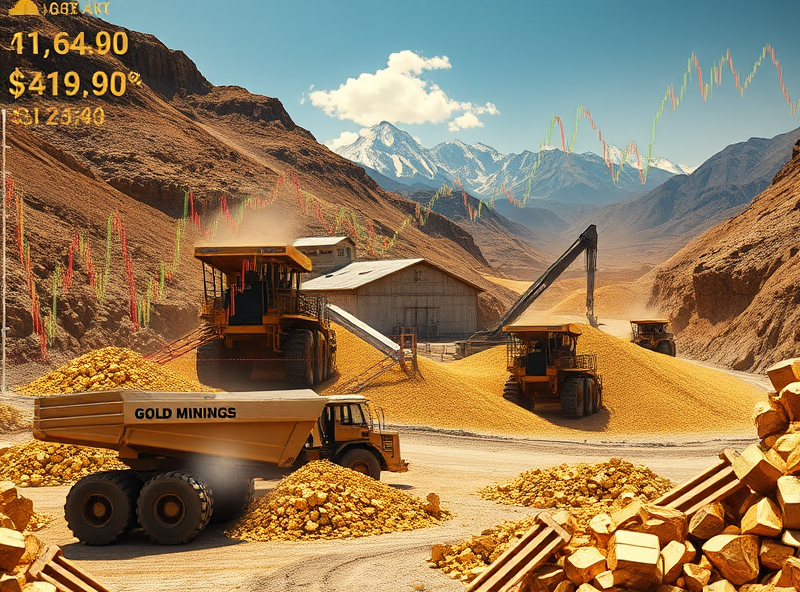
Grab Holdings Stock: Growth Potential and Investment Outlook
Impressive Growth and Revenue Projections

Grab Holdings, a leading Southeast Asian super app, has been making waves with its impressive growth trajectory and ambitious revenue projections. The company, which offers services ranging from ride-hailing and food delivery to digital payments, has demonstrated a strong ability to adapt to market demands and expand its user base. Analysts are optimistic about Grab’s future, citing its robust financial strategies and increasing adoption of digital services in the region. With a focus on technological innovation and customer-centric solutions, Grab is well-positioned to capture significant market share in the coming years. For investors, this growth potential makes Grab an attractive opportunity, especially as the company continues to diversify its revenue streams and strengthen its foothold in emerging markets.
Analyst Ratings and Stock Momentum

When it comes to investing in Grab Holdings, understanding analyst ratings and stock momentum can provide valuable insights for potential investors. Analysts often evaluate a company’s financial health, growth potential, and market trends to provide ratings such as ‘buy,’ ‘hold,’ or ‘sell.’ Currently, Grab Holdings has been receiving mixed ratings, with some analysts optimistic about its long-term growth in Southeast Asia’s ride-hailing and delivery market, while others remain cautious due to competitive pressures and profitability concerns.
Stock momentum, on the other hand, refers to the stock’s recent performance and its trend in the market. Grab’s stock has shown periods of volatility, which is common for tech and growth-focused companies. Investors looking at Grab should pay attention to its quarterly earnings reports, user growth metrics, and any updates on its path to profitability. These factors can help gauge whether the stock’s momentum aligns with your investment goals.
In summary, combining analyst ratings with an understanding of stock momentum can help you make more informed decisions about investing in Grab Holdings. Always remember to consider your risk tolerance and long-term financial objectives before making any investment.
Industry Landscape and Competitors

Grab Holdings operates in a highly competitive and dynamic industry, primarily focusing on ride-hailing, food delivery, and digital financial services. Its main competitors include regional players like Gojek in Southeast Asia and global giants such as Uber and DoorDash. While Grab has established itself as a leader in Southeast Asia, the competition remains fierce as these companies continuously innovate and expand their services. For instance, Gojek offers a similar ecosystem of services, including transportation, payments, and logistics, creating a head-to-head rivalry in key markets like Indonesia. Meanwhile, Uber, though not directly operating in Southeast Asia anymore, still influences the market through its stake in Grab after exiting the region. Understanding this competitive landscape is crucial for investors as it highlights the challenges and opportunities Grab faces in maintaining its market position. By focusing on localized strategies, partnerships, and technology advancements, Grab continues to strengthen its foothold in the industry, but staying ahead requires constant adaptation to consumer needs and market trends.
Risks and Long-term Expectations

Investing in Grab Holdings stock comes with both opportunities and risks, and understanding these is key to making informed decisions. One of the primary risks is the highly competitive nature of the Southeast Asian market, where Grab operates. Competitors like Gojek and other local players are constantly innovating, which could impact Grab’s market share. Additionally, the company’s profitability remains a concern as it continues to invest heavily in growth and expansion. However, Grab’s long-term potential lies in its ability to diversify its revenue streams, such as through its digital financial services and food delivery sectors. For long-term investors, patience is crucial as the company navigates these challenges while aiming for sustainable growth. Evaluating Grab’s ability to adapt to market trends and maintain a strong customer base will be essential for assessing its future performance.




